The large seascape presented here depicts a lively port view. Immersed in the diaphanous light of dawn, the scene is set in the inlet of a northern harbor, crossed by galleons and vessels of various sizes. In the foreground, a group of fishermen is preparing a long net, while in the background the landscape is dominated by a massive square-shaped tower. In the shadow of the fortress lies a moored galleon with its sails lowered, flanked by several smaller boats. Another large ship sails in the distance through the morning mist, while a timid sun filters through the clouds.
The taste of this representation should be sought in the renewed French landscape tradition of the 18th century, and more precisely in the work of the painter Claude Joseph Vernet (Avignon 1714 – Paris 1789). Precociously talented, at the age of 14 he was already working in his father’s workshop, from which he later emancipated himself in order to travel to Italy and settle in Rome, where he “encountered” painting and the landscape models of Claude Lorrain. During his Roman period, which lasted twenty years, he established himself as one of the leading landscape painters, specializing in seascapes much appreciated both by the Roman public and by visiting tourists. The year 1753 was particularly important for the artist, as he returned to his homeland to undertake a royal commission of twenty-four large canvases depicting the principal French ports.
The canvas offered here should therefore be attributed to a painter working in Vernet’s workshop, having assimilated the taste for the stylistic features dear to the Avignon master, and mastering the rendering of light as well as the characterization of figures and landscape.


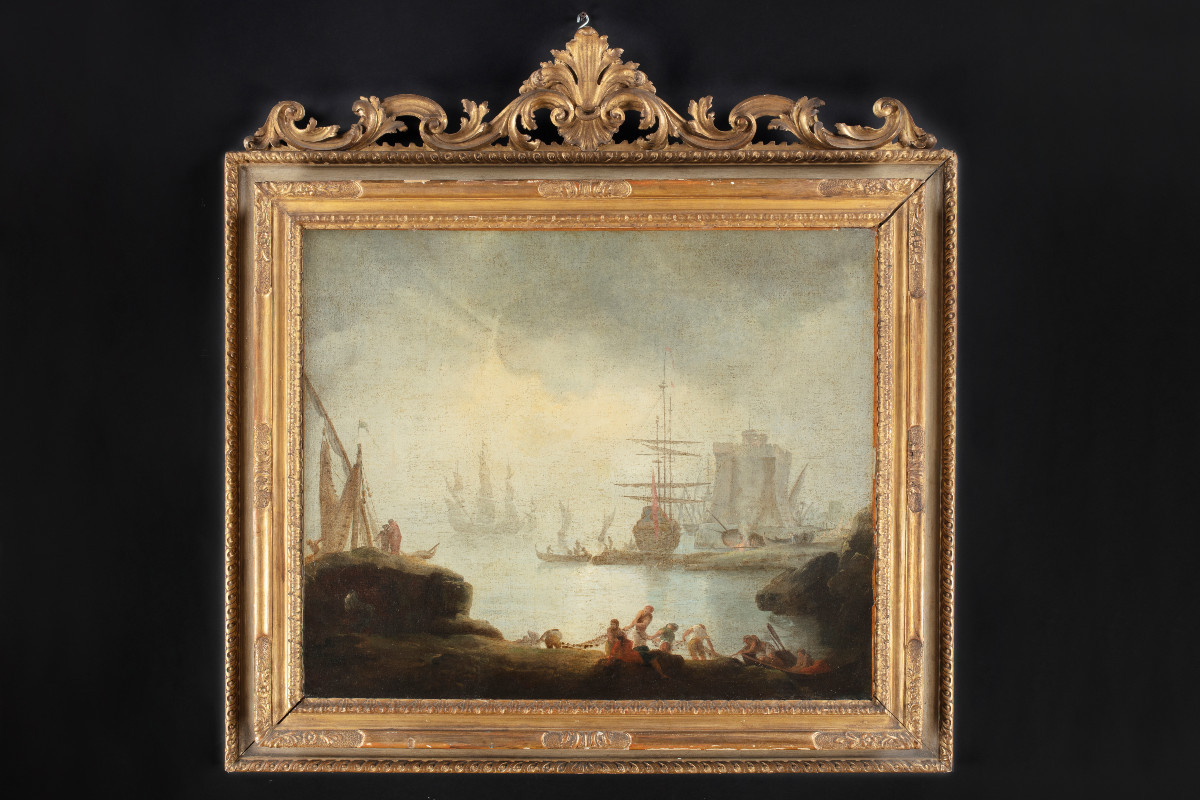
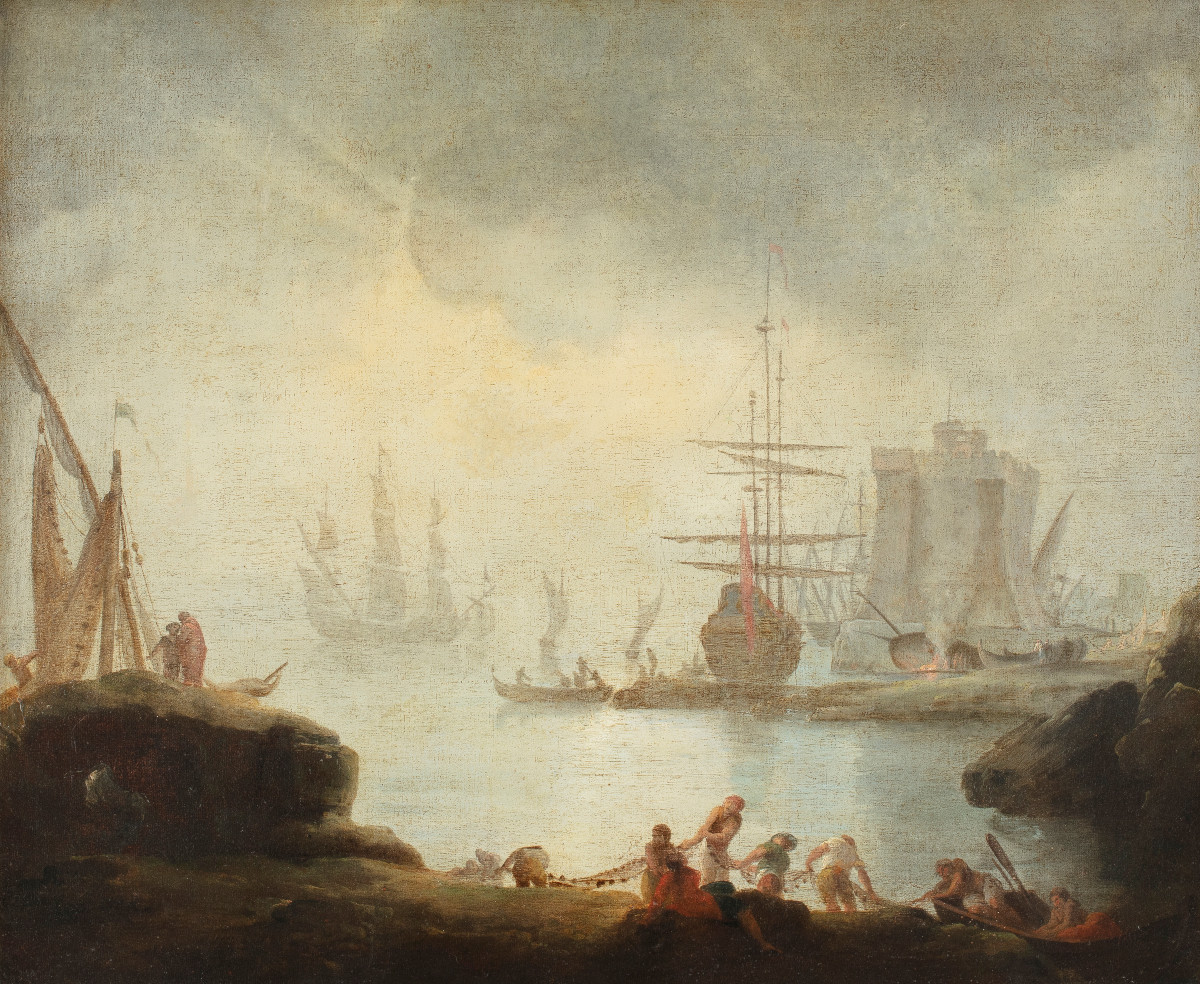
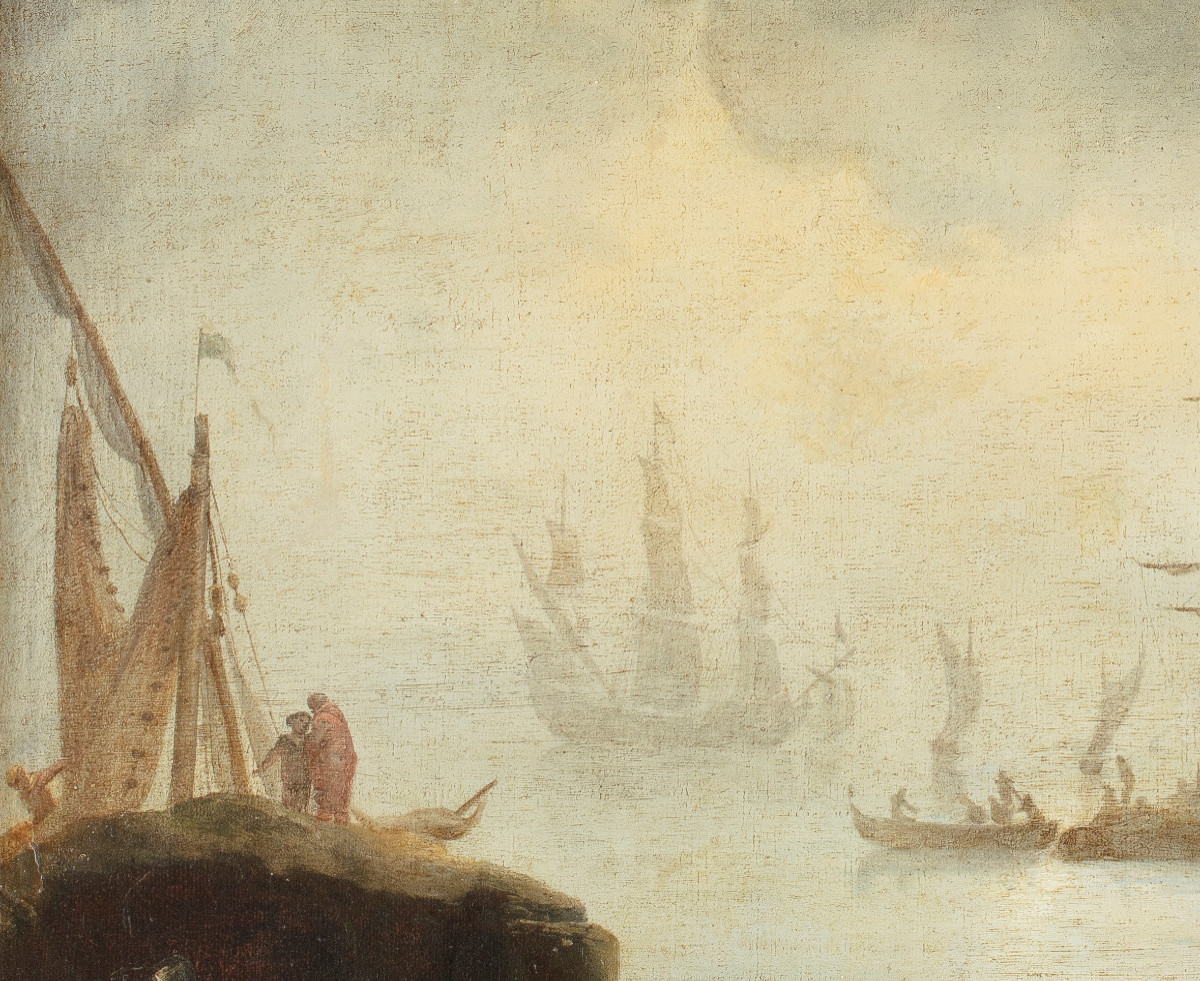
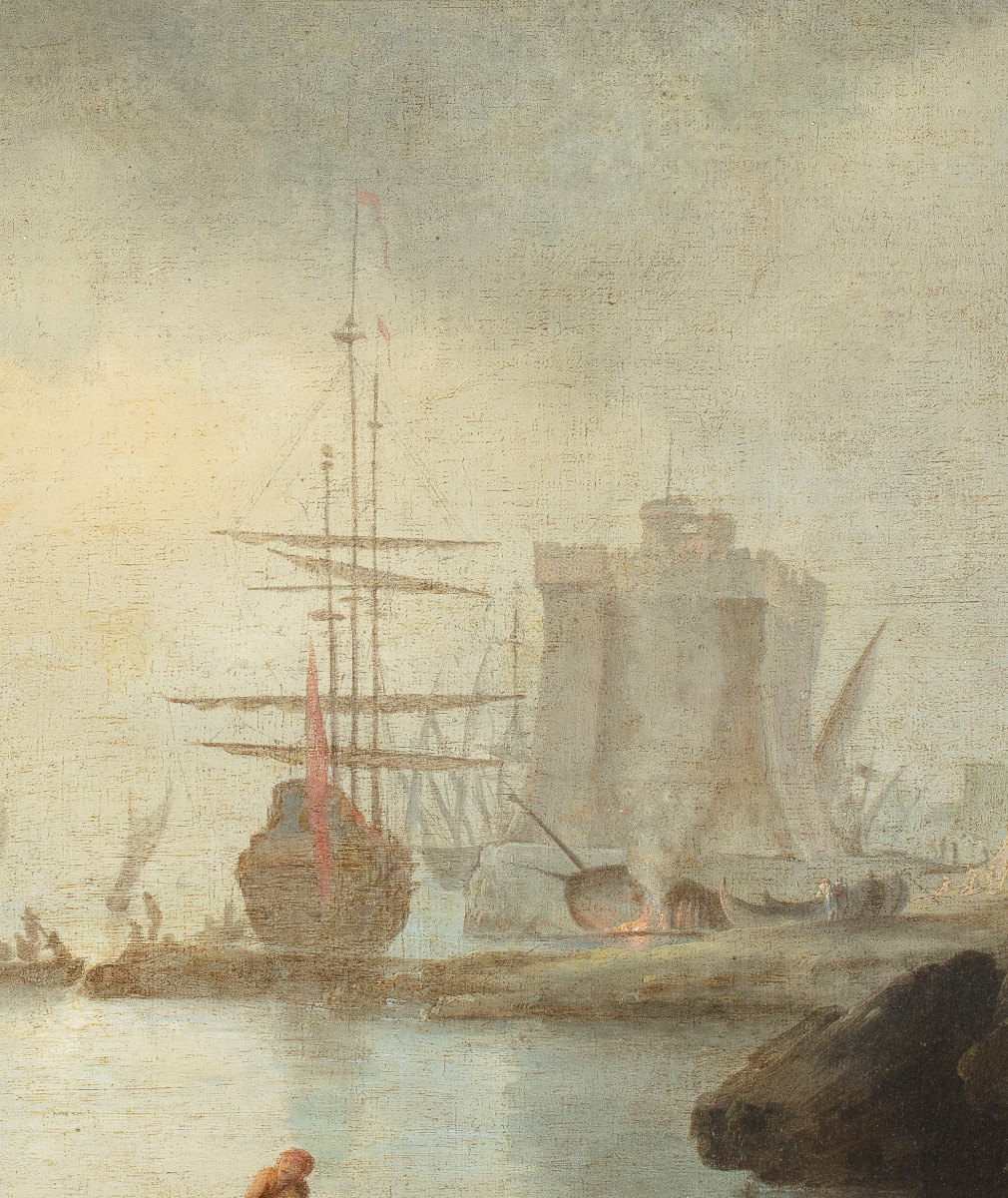








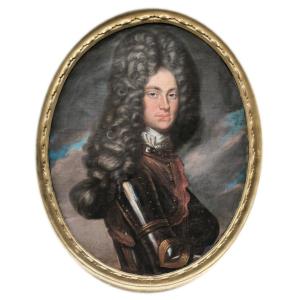
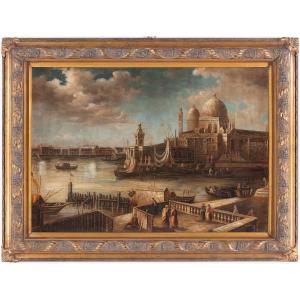
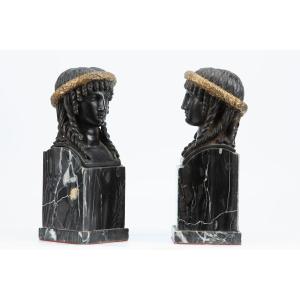
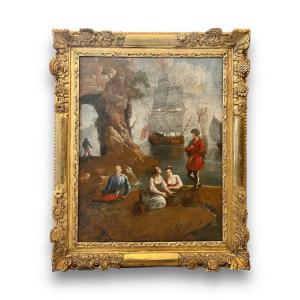

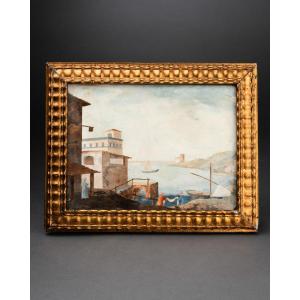

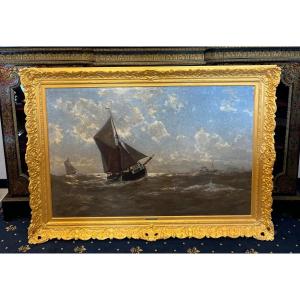



 Le Magazine de PROANTIC
Le Magazine de PROANTIC TRÉSORS Magazine
TRÉSORS Magazine Rivista Artiquariato
Rivista Artiquariato